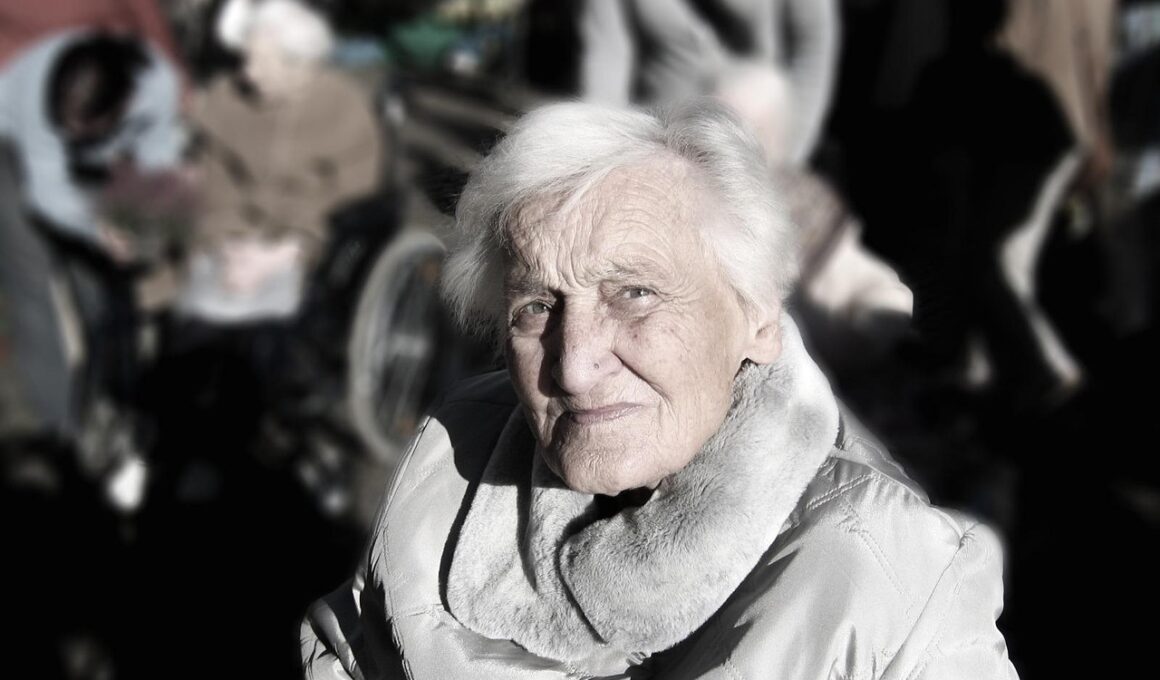The Comeback: Seniors Who Returned to Sport After Injury
In the realm of senior fitness, stories of resilience shine brightly, especially those of seniors who have overcome injuries to return to sport. These inspiring tales motivate others not only to participate but to persevere. For instance, take the story of John, a 68-year-old who was an avid tennis player. After a severe shoulder injury, doctors advised him to give up his passion. However, John sought testimonials and researched ways to rehabilitate and rediscover his love for the sport. With determination, he engaged in a targeted physical therapy program, focusing on strength and flexibility. His experience illustrates that age does not set limits on achieving fitness goals.
Similarly, Mary, at 72, was once a formidable player in her local bowling league. A knee injury led to many discouraging days, filled with uncertainty about her future in the sport. Rather than succumb to defeat, Mary decided to consult with a fitness coach specialized in senior rehabilitation. She adopted a tailored exercise regimen, which prioritized low-impact movements and balance training. Over time, her strength returned, leading her back to the bowling lanes. Mary’s journey demonstrates that a proactive approach can lead to significant recovery and renewed joy in sport, reinforcing the belief that pursuing hobbies keeps one young at heart.
The role of community support networks cannot be overlooked when examining these comeback stories. In many cases, seniors found strength by connecting with peers who experienced similar setbacks. For example, a local senior center hosted a support group where participants shared their struggles and triumphs, fostering a nurturing environment. Here, they encouraged one another and provided resources on safe rehabilitation exercises. This bond was crucial as each member learned unique strategies to tackle their challenges, proving that collective resilience can amplify individual strength. By sharing experiences, they found hope and accountability, forming lifelong friendships intertwined with their fitness journeys.
Adaptive Strategies for Returning to Sport
Transitioning back into sports post-injury often requires adjustments and adaptive strategies. Many seniors, like Henry, a 70-year-old former runner, discovered the importance of gradual progression. After an ankle sprain, he recognized his body needed time to heal. Working closely with a physical therapist, he chose to start with walking and low-impact exercises before slowly reintroducing running into his routine. Incorporating resistance bands for strength training was pivotal in his recovery process, enabling him to regain confidence and stamina. Henry’s story emphasizes that a tailored approach, honoring the body’s recovery, leads to sustainable returns to sports.
Several health professionals specialize in advising seniors on safe practices and fitness regimens tailored to their unique needs. They often suggest a variety of activities that maintain the thrill of competition while minimizing risks. For example, participating in seated yoga or aquatics can serve as invigorating ways to build strength and resilience without overstressing the body. Taking part in such activities helps in reconciling the desire to engage with sports and maintaining physical integrity. Emphasizing low-impact options creates an inclusive environment for seniors looking to heal while remaining active, ultimately promoting long-term wellness.
Celebrating Success: Community Events and Competitions
To honor those like John, Mary, and Henry, many communities have started organizing events specifically for senior athletes. These events often showcase incredible stories of resilience, featuring participants who have overcome notable obstacles to return to their preferred sports. Competitions designed for seniors not only offer a platform to demonstrate their progress but also foster a sense of accomplishment and pride. The excitement surrounding such events generates enthusiasm, motivating others in their journeys. Moreover, these gatherings often include workshops and demonstrations, providing additional education on safety and alternative methods to engage in physical fitness.
The impact of participating in these community events extends beyond individual triumphs. They serve as essential reminders that aging athletes can and do thrive, despite facing challenges associated with injuries. Moreover, witnessing peers achieve their fitness goals instills a sense of camaraderie and collective motivation. Stories shared during these gatherings echo the sentiment that resilience is shared, not solitary. The events advocate for a balanced approach towards senior fitness, emphasizing empowerment, informed practices, and the joy of sports. In this space, each victory, large or small, is a celebration of spirit and determination.
As we reflect on the inspiring journeys of these seniors, it becomes clear that resilience in overcoming injuries can lead to fulfilling returns to sport. The integration of personalized rehabilitation plans, community support, and adaptive strategies not only facilitates recovery but also enhances quality of life. Each comeback story serves as a roadmap, illustrating that it is never too late to pursue passions or adapt to new avenues of fitness. For seniors navigating similar paths, these accounts remind them that age, paired with determination and support, can serve as a powerful catalyst for change and rejuvenation in their athletic endeavors.





